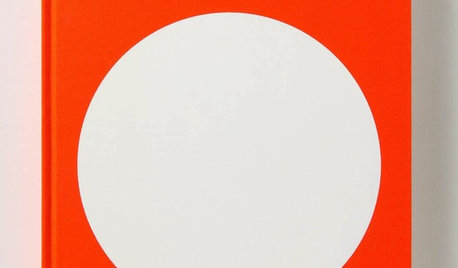Grocery Price Book
grainlady_ks
17 years ago
Related Stories

DECORATING GUIDESGet the High Style of Ebony Minus the High Price
Bring the elegance of a prized wood to your rooms with techniques that replicate the look for less
Full Story
DECORATING GUIDESInstant Décor: Beautiful Book Covers
Turn your reads into style statements for bookcase, tabletop and desk
Full Story
LIFE'Not My Precious Books!' — Pain-Free Ways to Declutter Your Library
Have your books and neatness too, with these ideas for paring down and straightening up a beloved collection
Full Story
LOFTSHouzz Tour: Asian Elegance With an Industrial Edge
Once a grocery warehouse, this Denver loft is now stocked with a mix of dramatic, raw and refined pieces
Full Story
DECORATING PROJECTSDIY Project: Vintage Book Wallpaper
Give your home getaway a well-read look with writing on the wall
Full Story
TASTEMAKERSThom Filicia Takes On a Fixer-Upper in 'American Beauty'
Follow the 'Queer Eye for the Straight Guy' designer's lake house renovation and dive into his practical and valuable remodeling advice
Full Story
KIDS’ SPACES11 Clever Ways to Display and Store Children’s Books
Inspire a love of books in young readers by keeping their beloved stories easy to see and reach
Full Story
BOOKS10 Great Coffee Table Books
E-Readers have nothing on these tomes that double as inspiring accessories
Full Story
ARCHITECTUREMust-Have Book: ‘A Field Guide to American Houses’
Be the architectural historian of your neighborhood with this invaluable updated version of a well-researched classic
Full Story
DENS AND LIBRARIESThese Rooms Put the Allure of Books Front and Center
Immerse yourself in a collection of book-filled rooms that indulge a passion for the printed page
Full StorySponsored



jannie
grainlady_ksOriginal Author
Related Discussions
the price of groceries
Q
Grocery Price Book
Q
Does anyone keep a price book?
Q
grocery prices & family issues
Q
jannie
bry84